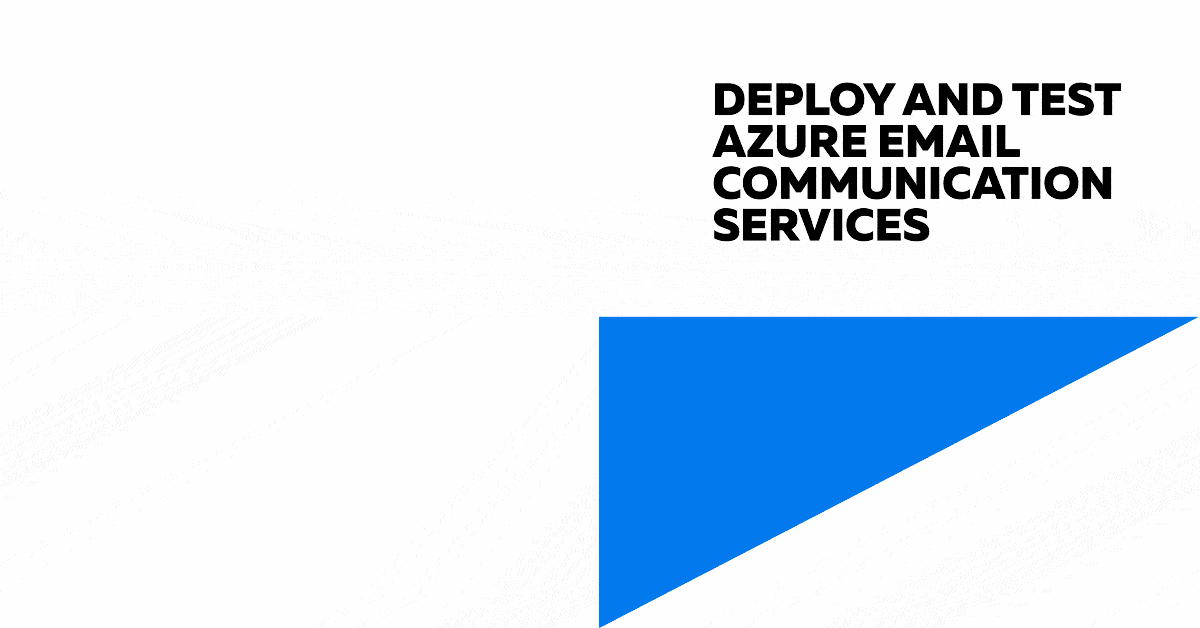PowerShell based Terraform Bootstrap Script
Today, we will implement a Terraform bootstrap script that will install Terraform and create directories where we can place our Terraform project, which will then run a plan against and deploy. This script will be written in PowerShell to bootstrap a new Terraform project.
"Bootstrapping usually refers to a self-starting process that is supposed to continue or grow without external input. Many analytical techniques are often called bootstrap methods in reference to their self-starting or self-supporting implementation" ~ Wikipedia.

